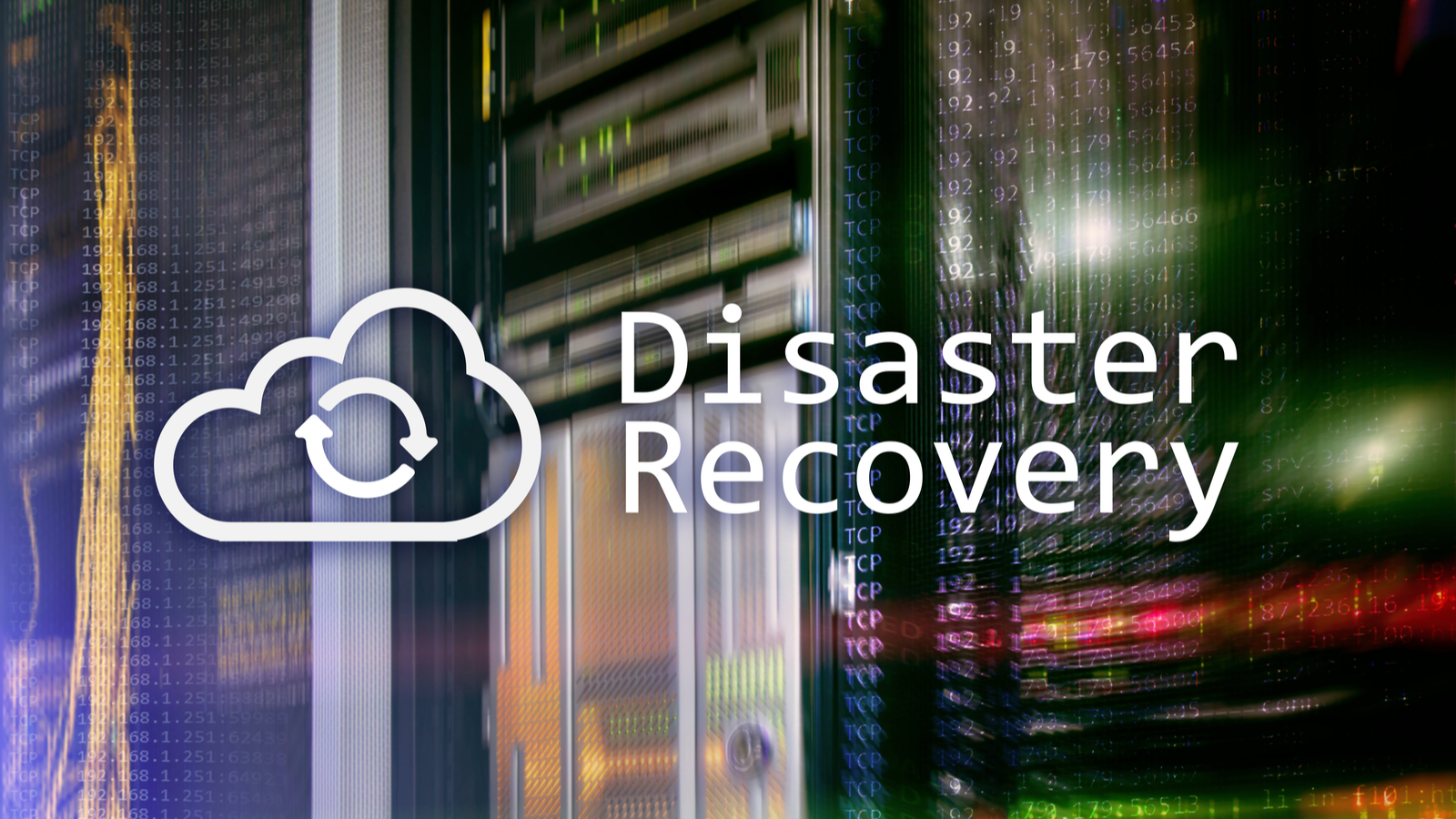No business is immune to disaster, whether from hardware failure, data corruption, human error or natural catastrophe. Losing customers, revenue or critical systems can be devastating for small-to-midsize businesses and international enterprises alike.
draas reduces the risk of downtime by mirroring servers in the cloud. This frees in-house IT staff to focus on other projects and infrastructure.
Backup as a Service (BaaS)
Backup as a service is a fully managed backup solution that stores data in the cloud. It includes a backup server and client-side software that enables businesses to easily recover data when needed.
It is an essential part of disaster recovery plans, as it helps ensure that businesses can quickly reconnect to their data and services after disasters or mishaps. This can help minimize downtime and lost productivity, as well as protect business reputations and revenue.
Offloading data backups to a BaaS provider can reduce costs and save space on business servers. Moreover, it eliminates the need for businesses to manage their own backup infrastructure or hardware, allowing them to focus on core business activities.
A good BaaS provider will offer a highly-scalable service and ensure that backups are protected by air gap protection, ensuring that only authorized people can access the data. Additionally, they will keep data in secure locations that are heavily encrypted for maximum security.
Disaster Recovery as a Service (DRaaS)
Disaster recovery as a service (DRaaS) provides an offsite cloud infrastructure that keeps your business up and running through everything from hurricanes to hackers. It works by continuously replicating your production environment to an offsite location and shifting access to applications to the remote site in a process called failover.
You can choose between self-service DRaaS, which requires you to provision your own infrastructure backup on virtual servers, or a managed DRaaS solution that enables you to focus on other projects while the vendor manages the infrastructure for you. Different vendors have different SLAs that set responsibilities for how quickly they must restore applications and data, which can affect how much downtime you accept in a disaster scenario. And because DRaaS is hosted on the cloud, it’s scalable and easy to expand as your business grows. It also makes it easier to test DR and make improvements with less disruption than you’d have with on-premises hardware.
Managed DRaaS
A managed DRaaS solution replicates data files, servers, and applications to the cloud. This type of solution can help reduce the time it takes to restore VMs and servers after a disaster. It can also provide automation and orchestration for failover and failback processes.
Typical DRaaS users are medium to large enterprises with complex IT environments that have mission-critical workloads that cannot tolerate downtime. These organizations often have a business impact study and test plan to ensure that their DR plans can meet recovery-time objectives.
When selecting a managed DRaaS solution, organizations should look for providers with redundant infrastructure and multiple locations. This ensures that if one provider goes down, the other will be available to take over services. They should also verify the service level agreement (SLA) to understand how long it would take for a provider to recover from a disaster. This information can help them select the best solution for their needs.
Pricing
While DRaaS services can be more expensive than traditional backup/recovery, their business outcome guarantees make them an excellent investment. The true cost of a DR solution is difficult to compare, as hardware, remote or cloud storage and strong network performance must be considered.
Depending on the service model chosen, pricing is determined by how aggressive the RTO and RPO are set to be. Managed DRaaS is typically the most costly, as MSPs must be responsible for implementing a disaster recovery strategy and delivering on their SLAs.
For smaller businesses, an MSP can offer a per-device or per-user pricing model. This allows them to provide a more affordable option to their clients while still offering a premium business continuity solution. Regardless of how it is priced, DRaaS is like an insurance policy – you hope to never use it, but you’re glad you have it if the need arises. Considering the true cost of downtime, it’s a small price to pay for peace of mind.
